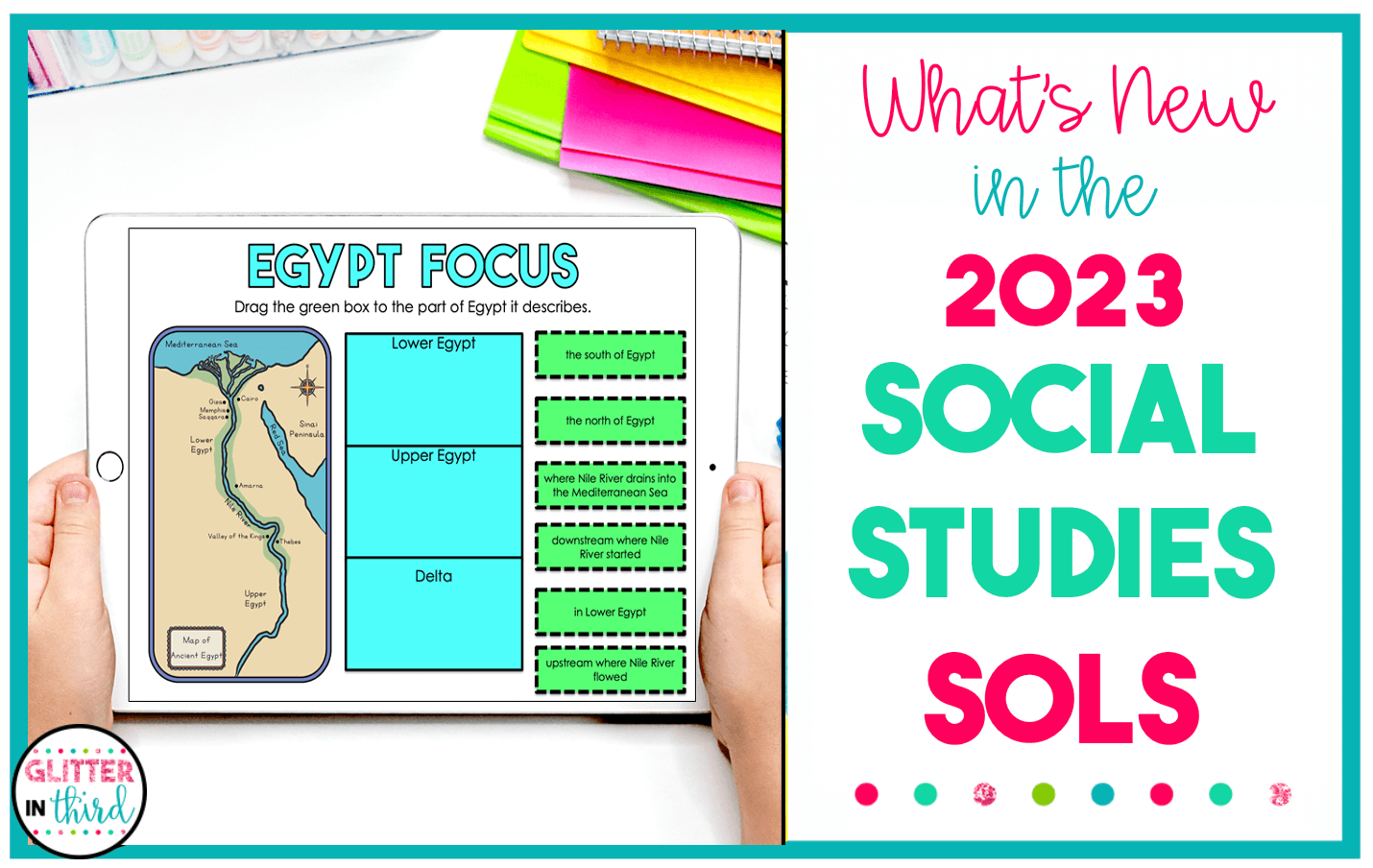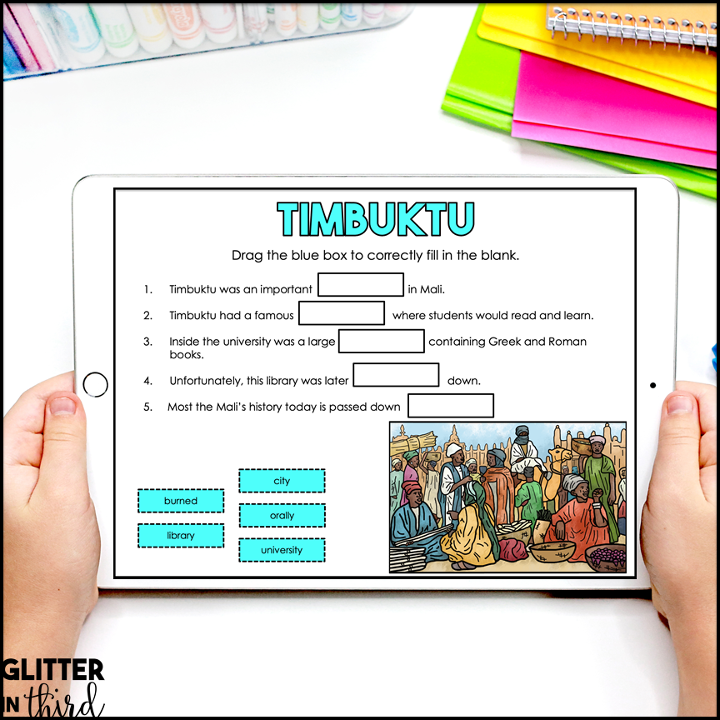Join the VIP Teacher Club!

Teaching 3rd grade social studies under the 2023 Virginia Social Studies SOL feels completely different from what many of us were used to. You knew what worked, how to keep your students engaged, and how to make the SOL work in your classroom.
Then the 2023 Virginia Social Studies SOL came along—and suddenly, everything shifted.
Now it’s not just about knowing facts. Students are expected to think like historians, economists, and active citizens. And while that’s a powerful goal, it’s a big ask for 8- and 9-year-olds—especially when the number of people, places, and concepts we’re supposed to teach has grown significantly.
And the truth is—change is hard. Especially when the expectations go up, but your planning time, curriculum, and support don’t. It’s a lot to carry, even for experienced teachers.
If you’re feeling overwhelmed, you’re not alone.
So many of us are trying to figure out how to teach these new SOL expectations in a way that actually works for our kids—and for us. That’s why I’ve been creating resources that are aligned, practical, and truly classroom-ready. No fluff. No guesswork. Just solid tools to help your students engage with the content and help you feel more in control of your social studies block.
Because we don’t need more stress—we need support that actually makes our jobs easier.
The new SOL didn’t move away from memorizing names—they added more. Now, instead of just knowing who someone was, students are expected to explain what they did, why it mattered, and how it connects to other areas like civics, geography, and economics.
In other words, the workload didn’t shrink—it grew.
Students are also expected to:
It’s not just a content shift—it’s a mindset shift. We’re not just “covering” topics anymore. We’re guiding kids to understand the bigger picture.
But let’s be honest—without solid, ready-to-use resources, this shift feels heavy. Especially when you’re already stretched thin.
Let’s be honest: when expectations go up, but planning time, prep support, and actual resources stay the same… it’s exhausting.
We were handed new SOL expectations, but not:
We were expected to make it all work anyway.
You don’t just need another worksheet or article—you need materials that:

These 3rd grade interactive notebooks were made with the new standards in mind—because let’s face it, kids need more than a worksheet to really get some of these big ideas.
My 3rd grade interactive notebooks are designed to meet these new expectations by giving students structured, hands-on ways to:
Inside each one, students get hands-on ways to:
And the best part? Every single activity is aligned to a specific SOL, so you don’t have to second-guess if you’re hitting what you need to teach.

Need digital options too? The Google Slides™ versions of these activities are perfect for:
Here’s what you’ll find:
These digital social studies resources aren’t just digital—they’re purposeful. With interactive elements and clear directions, students can complete them independently, giving you one less thing to prep or manage.
Whether you’re teaching ancient civilizations, local government, or the basics of economics, the 2023 Virginia Social Studies SOL expects students to think—not just memorize.
To meet those expectations, we need resources that actually work in real classrooms. That means tools that are hands-on, age-appropriate, and rigorous in the right ways—without adding more to your already full plate.
When the content is clear and engaging, students connect with it. And when your materials are doing some of the heavy lifting, you get to focus on what matters most—teaching.
Looking for more blog posts on social studies?

Hey there, I’m Kelly! I I love helping teachers save time with technology and resources so they have more hours in the day to spend with family and friends. Take a look around to find new ideas that you can implement in your classroom today!